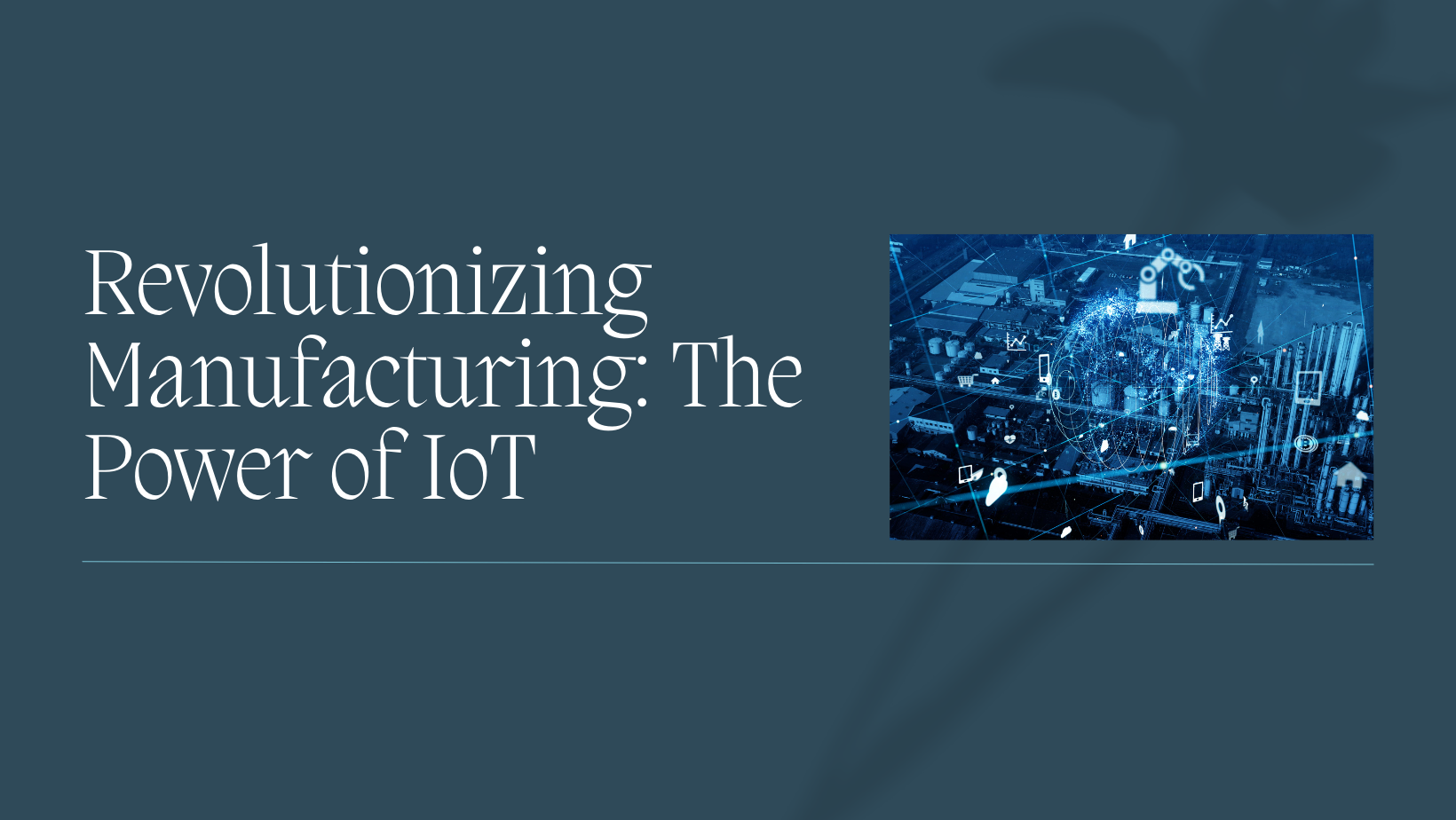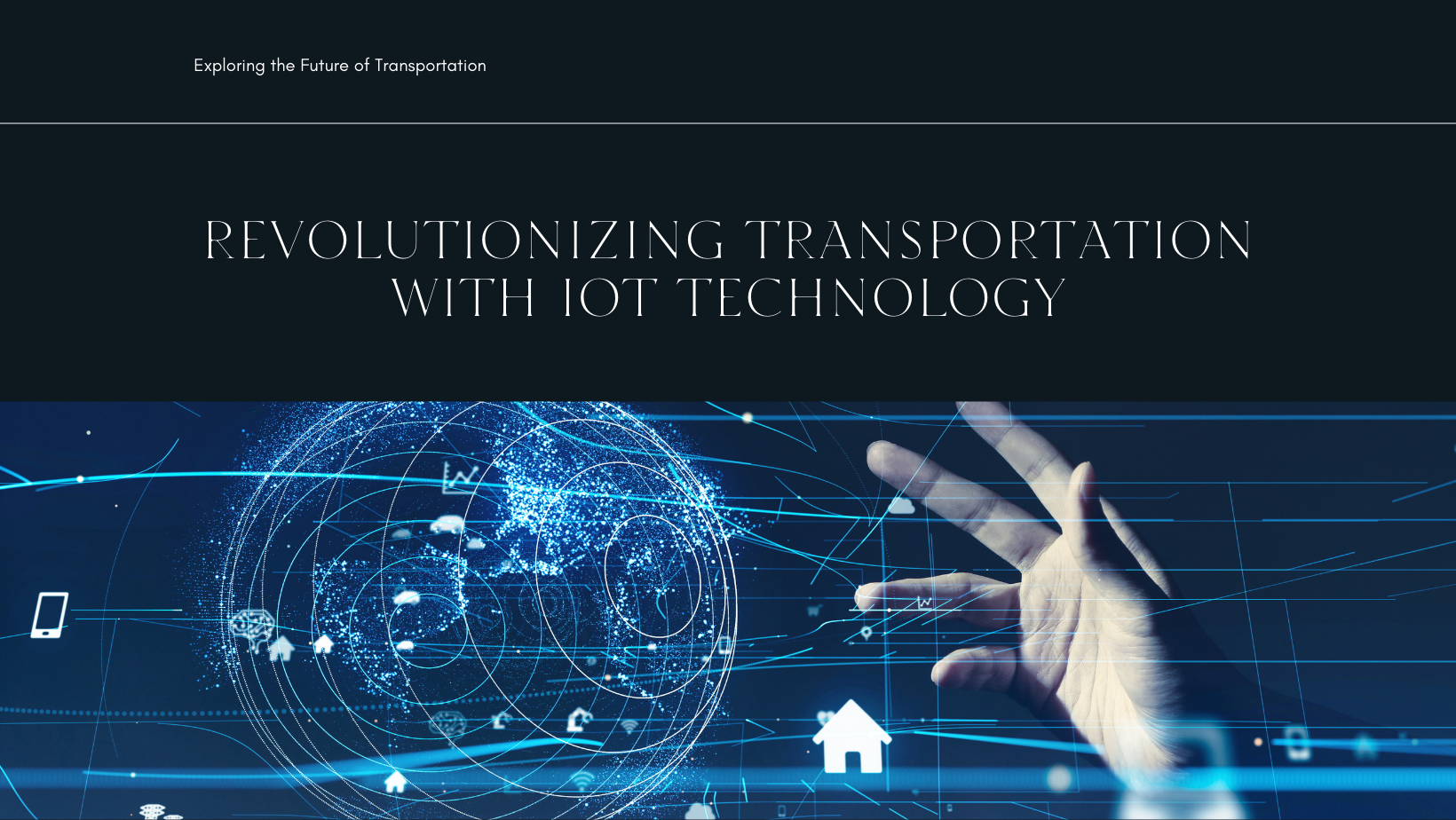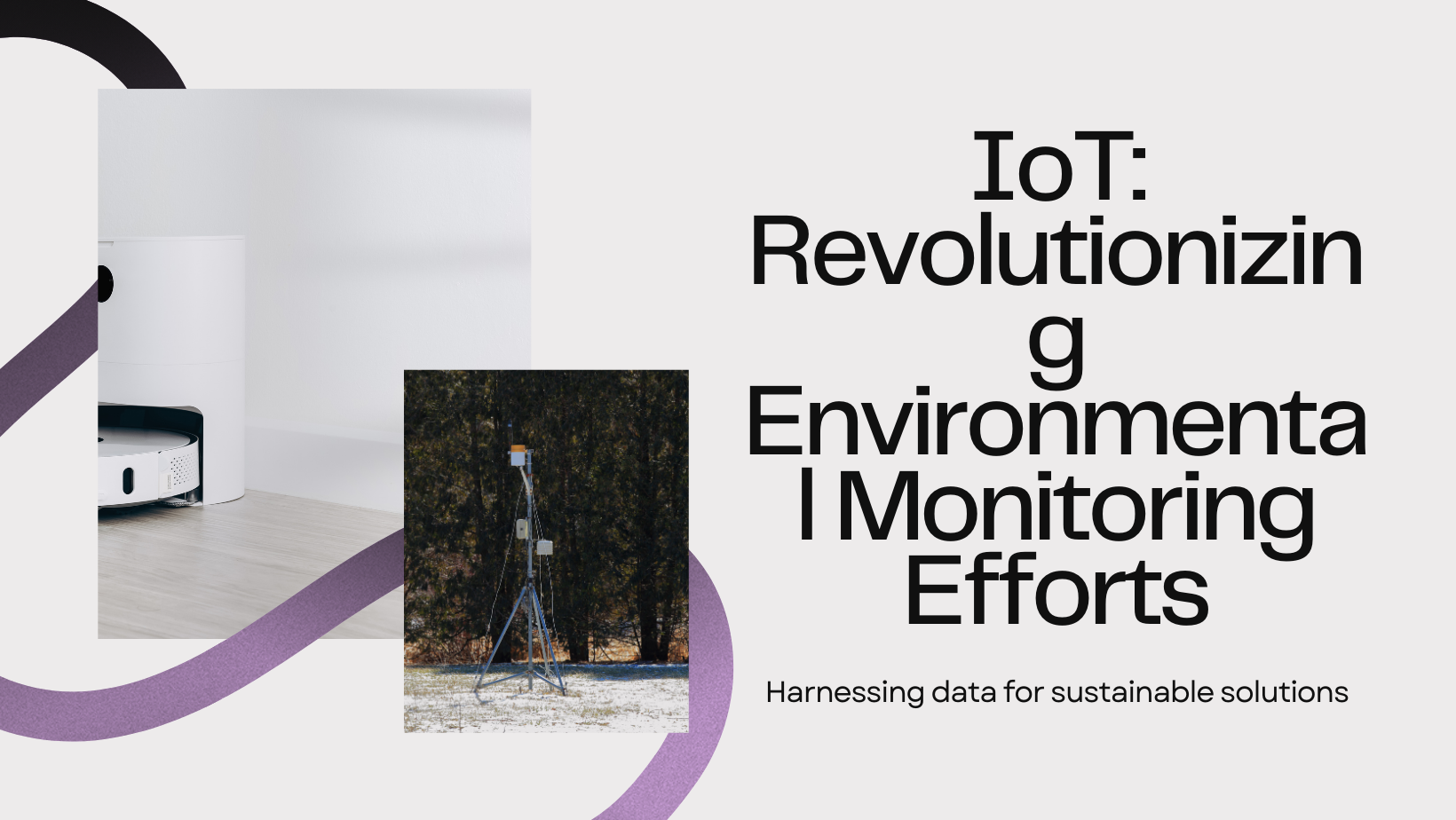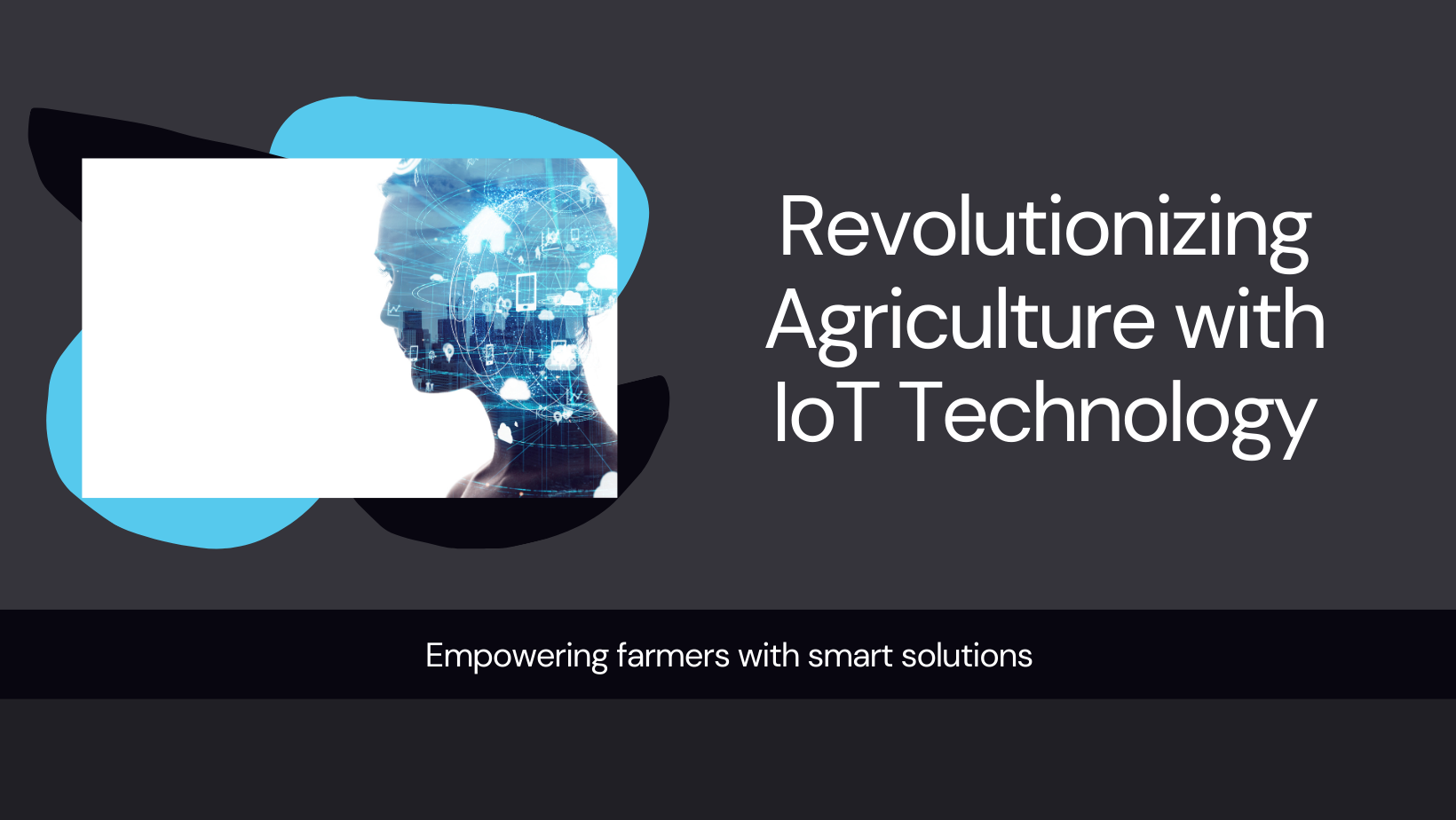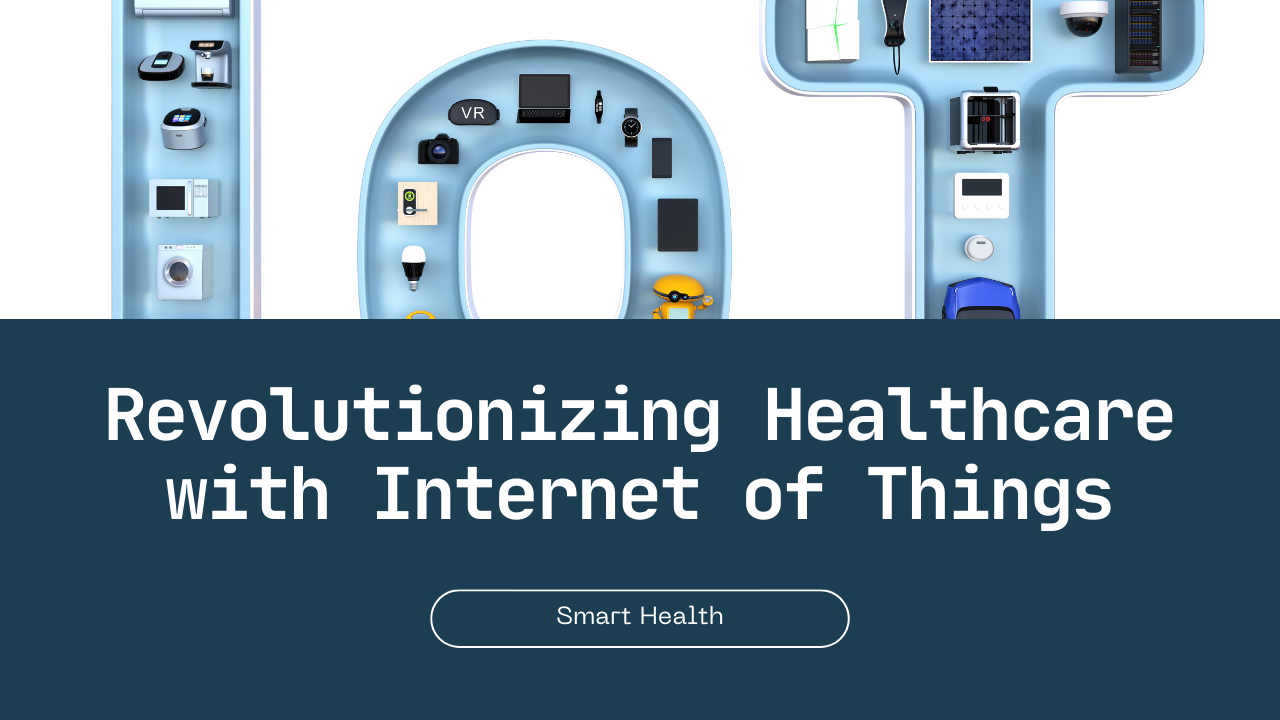In the realm of Industry 4.0, the Internet of Things (IoT) is heralding a new era of interconnected manufacturing processes, driving efficiency, productivity, and innovation. IoT technologies enable real-time data collection, analysis, and automation, transforming traditional factories into smart, agile production environments. This blog explores the profound impact of IoT on manufacturing, highlighting its benefits, applications, and future trends.
Understanding IoT in Manufacturing
1. IoT Ecosystem in Manufacturing
IoT integration in manufacturing involves connecting machines, sensors, devices, and systems through the internet to enable seamless data exchange and decision-making. Key components include:
- Smart Sensors: Monitoring equipment performance, environmental conditions, and product quality in real-time.
- Industrial IoT (IIoT) Platforms: Cloud-based platforms for storing and analyzing massive volumes of data generated by IoT devices.
- Edge Computing: Processing data closer to the source (e.g., machines) for faster response times and reduced latency.
2. Benefits of IoT in Manufacturing
1. Operational Efficiency and Cost Reduction
- Predictive Maintenance: Proactively monitor equipment conditions to predict failures and schedule maintenance, reducing downtime and repair costs.
- Inventory Management: Track raw materials, components, and finished goods in real-time, optimizing inventory levels and minimizing stockouts.
- Energy Optimization: Monitor energy usage across production lines and implement energy-saving measures based on real-time data insights.
2. Quality Control and Production Optimization
- Real-time Monitoring: Monitor production processes and quality metrics (e.g., defect rates, tolerances) in real-time to identify and address issues promptly.
- Process Automation: Automate repetitive tasks and workflows to streamline operations, improve consistency, and reduce human error.
- Optimized Supply Chain: Integrate IoT data across the supply chain to improve forecasting accuracy, reduce lead times, and enhance supplier collaboration.
3. Enhanced Workplace Safety and Employee Productivity
- Safety Monitoring: Deploy IoT-enabled sensors to monitor workplace conditions (e.g., temperature, humidity, air quality) and ensure compliance with safety regulations.
- Employee Efficiency: Provide workers with wearable devices and IoT-enabled tools to enhance productivity, facilitate remote troubleshooting, and improve task management.
Applications of IoT in Manufacturing
1. Smart Factory Initiatives
- Digital Twins: Create virtual replicas of physical assets (e.g., machines, products) to simulate scenarios, optimize performance, and test new processes.
- Connected Machines: Equip machines with IoT sensors to collect performance data, monitor operating conditions, and enable predictive maintenance.
2. Supply Chain Integration
- Track and Trace: Monitor the movement of raw materials, components, and finished goods throughout the supply chain to enhance transparency and traceability.
- Demand Forecasting: Analyze IoT data to predict demand patterns, adjust production schedules, and optimize inventory management.
3. Product Lifecycle Management
- Customer Feedback Integration: Capture IoT data from products in the field to gather customer feedback, identify usage patterns, and inform product design improvements.
- Remote Diagnostics: Conduct remote diagnostics and troubleshooting of IoT-enabled products to minimize downtime and improve customer support.
Future Trends in IoT Manufacturing
1. AI and Machine Learning Integration
- Predictive Analytics: Utilize AI algorithms to analyze IoT data for predictive maintenance, demand forecasting, and quality prediction.
- Autonomous Operations: Implement autonomous robots and vehicles guided by IoT data and AI for automated material handling and logistics.
2. 5G Connectivity
- High-speed Connectivity: Enable real-time data transmission and edge computing capabilities for enhanced responsiveness and scalability.
- Massive IoT Deployment: Support a large number of IoT devices and sensors in manufacturing environments without compromising network performance.
3. Cybersecurity and Data Privacy
- IoT Security Measures: Implement robust cybersecurity protocols, encryption, and access controls to protect sensitive data and prevent cyber threats.
- Regulatory Compliance: Adhere to industry standards (e.g., ISO 27001) and regulations (e.g., GDPR, CCPA) for data privacy and security in IoT deployments.
Conclusion
The integration of IoT technologies in manufacturing is transforming traditional production models into interconnected, data-driven ecosystems. By harnessing real-time data insights, optimizing operations, and enhancing product quality and safety, businesses can achieve significant competitive advantages in a global marketplace. At Sodio Technologies, we empower manufacturers with innovative IoT solutions designed to optimize efficiency, drive innovation, and propel Industry 4.0 initiatives forward.
Embrace the future of manufacturing with Sodio Technologies. Contact us today to learn more about our IoT solutions and how we can help you unlock the full potential of IoT in your manufacturing operations.
